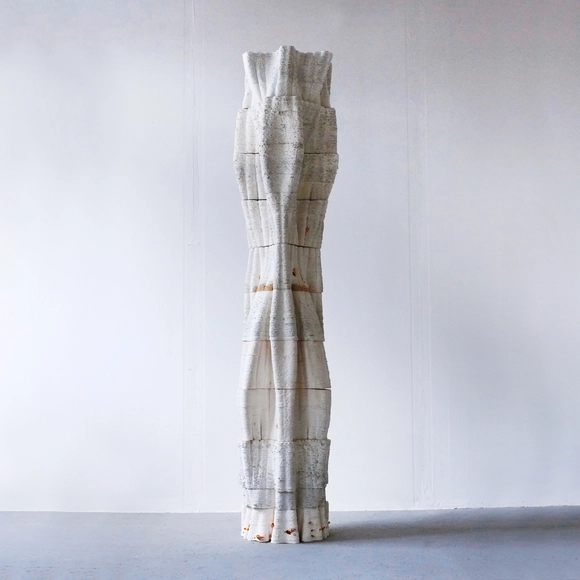
RUÍNA Arquitetura aims for greater socio-environmental awareness and the appreciation of materials while advocating for reuse as an alternative within the construction industry. In their practice, they explore new avenues for reclaimed materials, diminishing demolition waste and supplying construction materials with a reduced environmental footprint. In 2024, they were selected as part of ArchDaily’s 2024 Best New Practice for their unique attention to context, aiming to minimize its impact on the built environment through the effective reuse of materials and construction waste. Their participation in the 2023 Sharjah Architecture Triennale exemplifies how local ideas can achieve global recognition.


















